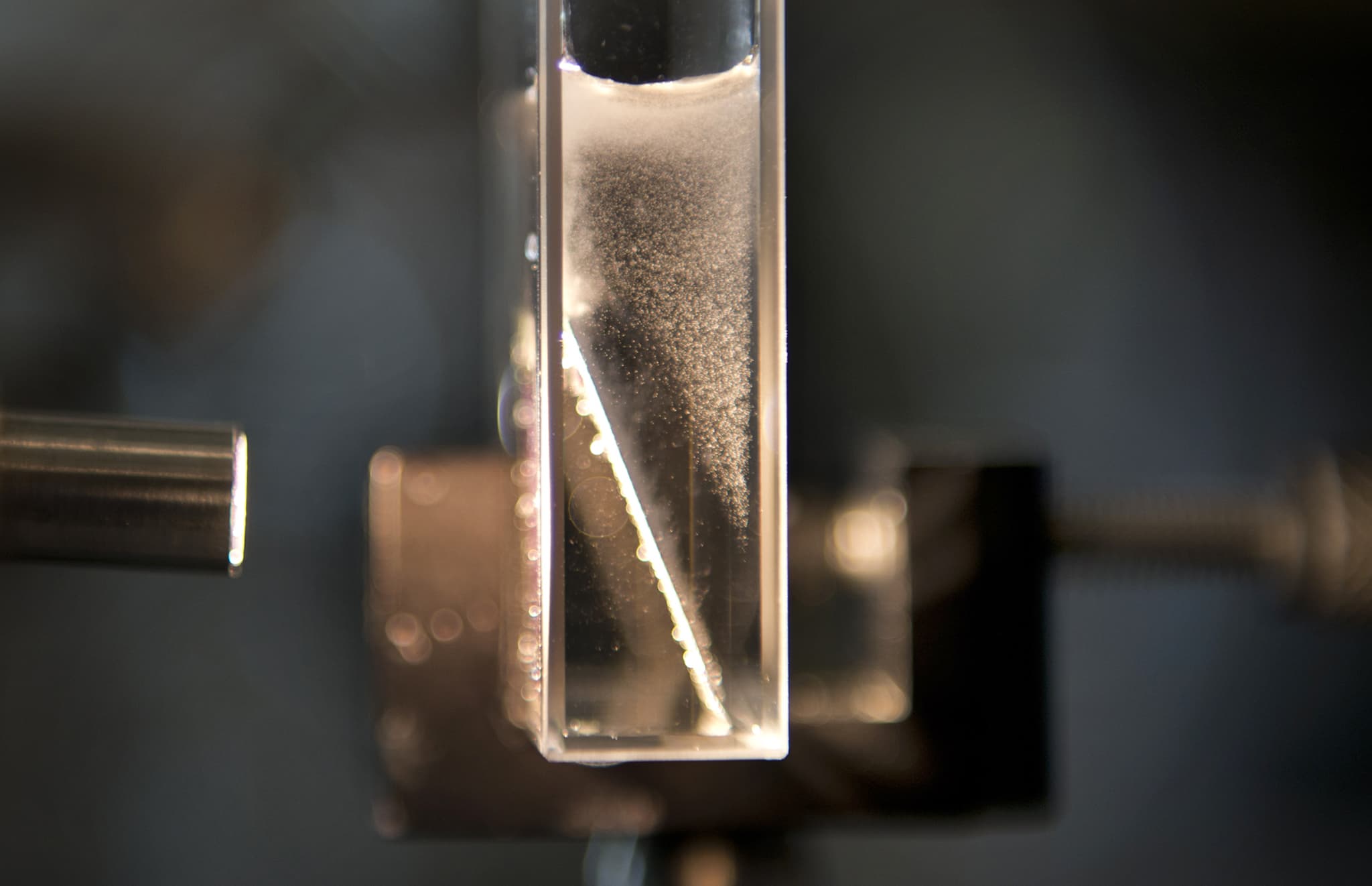- A team of researchers at the U.S. Department of Energy (DOE)’s Lawrence Berkeley National Laboratory (Berkeley Lab) have devised a new approach that combines artificial photosynthesis and bacterial metabolism to convert sunlight into methane.
- In their newly developed system, solar energy is first used to split the water molecule into molecular oxygen and hydrogen through artificial photosynthesis. The hydrogen is then transported to microbes that use it to reduce carbon dioxide into one specific chemical product, methane.
- “By generating renewable hydrogen and feeding it to microbes for the production of methane, we can now expect an electrical-to-chemical efficiency of better than 50 percent and a solar-to-chemical energy conversion efficiency of 10-percent if our system is coupled with state-of-art solar panel and electrolyzer.” says Peidong Yang, a chemist with Berkeley Lab’s Materials Sciences Division and one of the leaders of this study, which was published in the Proceedings of the National Academy of Sciences (PNAS).
Share This Article
